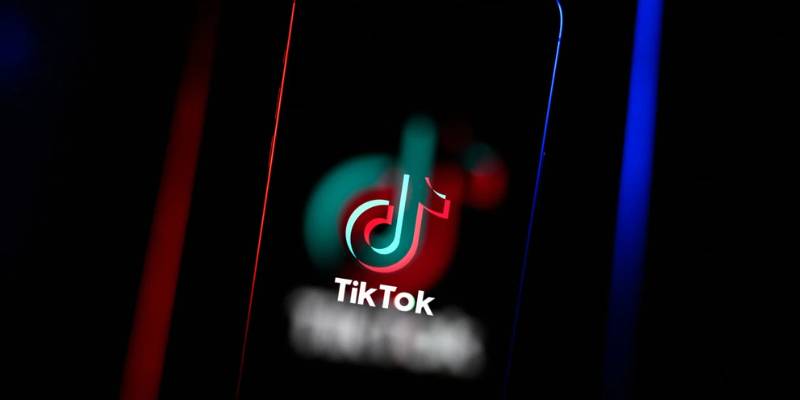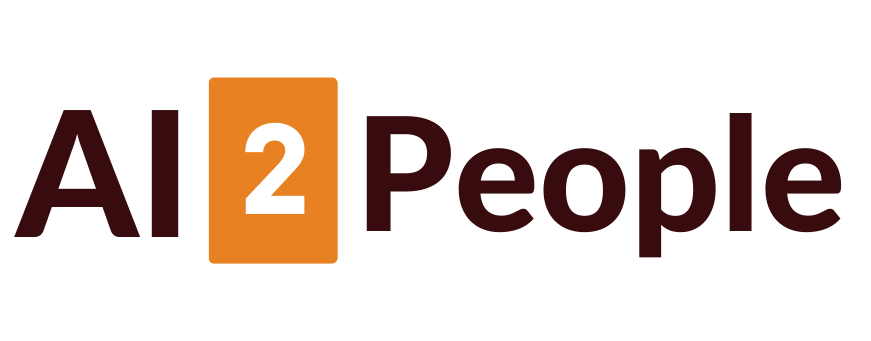
Scroll Less AI, See More You: TikTok Lets Users Dial Down Synthetic Videos
TikTok is stirring things up: the app has just introduced a feature that allows users to determine how much AI-generated content they are served on their feed – and if you’re anything like me, waking up scrolling first thing and wondering how much of what you see was created by a human, this could be big news.
The move was disclosed during TikTok’s European trust-and-safety summit in Dublin, with the company saying that it has already labeled more than 1.3 billion videos as generated by its AI.
Soon users will soon see a new toggle in “Manage Topics” under content preferences that allows them to reduce (or increase) for the AI-made content they view.
Here’s where it gets interesting (and a bit messy): the move reflects a greater sense that people might actually want less algorithmic overload, not more.
We’ve written so much about how social media platforms push us into endless rabbit holes that I sometimes see everyone in the entire world with two smartphones as hot on the heels of “Alice in Wonderland” in pursuit of the white rabbit.
Now TikTok is providing us a little tiny ladder to climb out. It comes amid bigger concerns over what happens when feeds are glutted with “AI-slop” – content generated quickly, and of low quality.
TikTok is also taking steps toward label transparency, adding much-needed labels indicating when AI-generated videos are artificial (and not just CGI or deepfakes) and now watermarking work generated with the help of its tools or tagged by the industry-wide C2PA effort.
The goal: allow viewers to see what they are watching without digging through metadata.
In my perspective, smart move – but also a bigger story. Blurring the lines As AI-generated content inundates our social media feeds, it’s getting closer to passing as human.
That matters not only for authenticity, and also for trust, mental health and the feel of agency we have on line.
Are the recommendation systems still working for us, or more and more against us?
Researchers caution that filter bubbles and personalization will amplify the known, not the unknown.
What I want to know next: how effective will this control turn out to be?
Will tamping down those AI movies make any significant difference to our experiences, or is this nothing more than cosmetic?
And how can small creators – people, not machines – be shielded as the algorithm and monetization models are recalibrated?
If platforms hand power to viewers, they also have a moral obligation to shield the generators from whom the content that becomes submerged emanates.
In other words: The slider that TikTok has just added is part of a further move to allow you, the user, not merely an algorithm, to tweak your own experience.
It won’t solve everything – scrolling issues, engagement traps, the dopamine loop – but it puts us in a little more control of what we do see.
And in an era when so much feels automated, that’s not nothing.




















